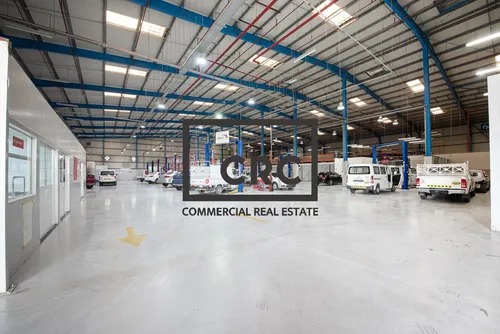
The layout of a warehouse can have a significant impact on the efficiency and productivity of operations. A well-designed layout can streamline processes, reduce labor costs, and improve overall performance. In this guide, we will discuss some tips for creating an effective layout design for your warehouse in Al Quoz.
Think about your operational flow:
Before finalising a warehouse layout, you need to understand how your inventory flows through the warehouse. This includes receiving, storing, picking, packing, and shipping goods. The layout should be designed to facilitate a smooth flow from one stage to the next with minimal bottlenecks. Ensure that high-demand items are stored closer to the packing and shipping areas to reduce travel time for workers. Understanding your operational flow ensures that products are moved efficiently through the warehouse.
Increase vertical space:
Warehouses often have a significant amount of unused vertical space. Increase the use of height by installing high shelving units or pallet racks. Storing goods vertically helps free up floor space, which can be used for wider aisles or larger equipment. This increases storage capacity and also improves accessibility by allowing easy retrieval of items stored on higher shelves.
Implement a clear aisle system:
Creating wide, clearly labelled aisles is essential for both safety and efficiency. A clear aisle system allows workers to steer the warehouse with ease and reduces the likelihood of accidents. Depending on the types of goods you handle, decide whether to use straight aisles or curved ones to optimize space and reduce travel time. Consider different aisle widths for different parts of the warehouse: for example, narrow aisles can be used for small items, while wider aisles are better for large equipment and machinery.
Plan for storage flexibility:
Warehouse inventory needs can change frequently due to seasonal demand, new product lines, or fluctuating order volumes. A good warehouse layout should accommodate changes in storage needs. Modular shelving units and adjustable racking systems provide the flexibility to adapt to shifting requirements. Having flexible storage solutions also allows you to rearrange the layout when necessary without significant disruption to operations.

